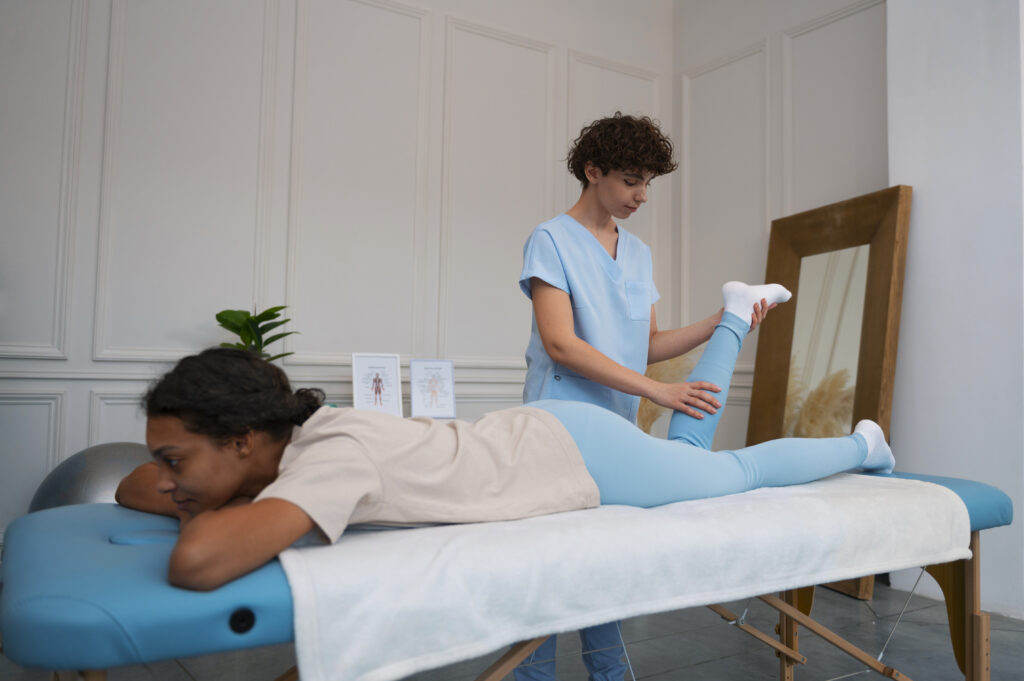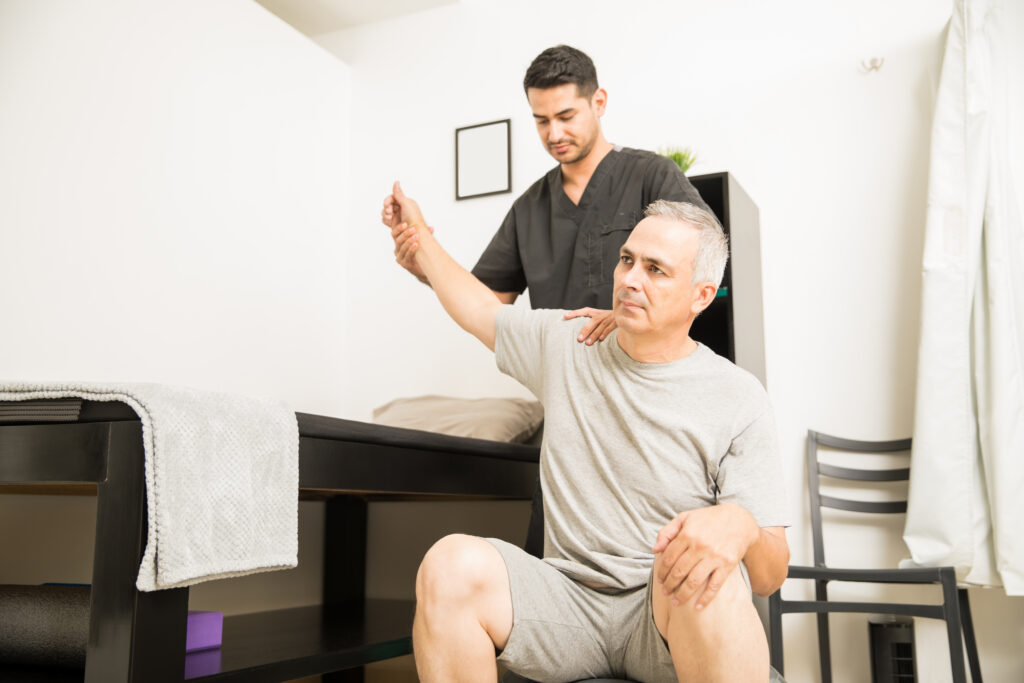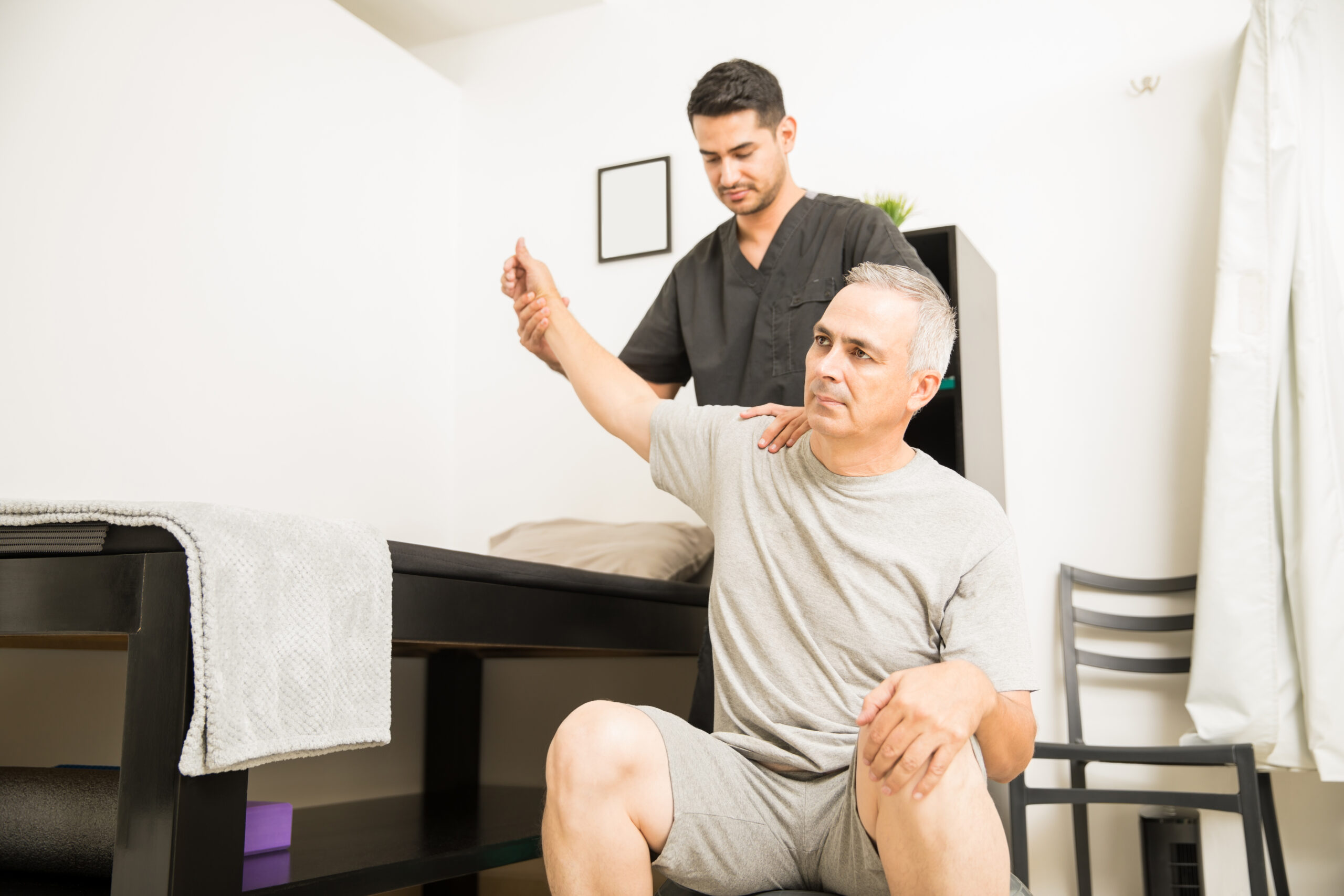Alternative Therapies for Pain Relief: Everyone knows what pain is, and it can dramatically impede a person’s well-being. Regular medicine is usually associated with the use of drugs and operations to reduce pain, but more people are starting to use complementary therapies for pain. These therapies are less invasive and have an integrative view of providing an overall treatment plan to patients who want to avoid or minimize the use of medicine for pain relief. In this blog, I will cover different types of complementary therapy ranging from acupuncture and massage, demonstrating how they help, work, and are effective.

Understanding Alternative Therapies for Pain Relief
Complementary and alternative medication for pain control is a class of treatments that is wider than conventional medicine. They are based on the principles of the Healthy People/Healthy Planet concept, which also covers the physical, as well as psychological, and spiritual aspects of pain. With conventional medicine, the patient is usually treated assuming that the pain is caused by something that must be treated, but the holistic approach is different in that it treats the root cause of pain.
The Growing Popularity of Alternative Therapies
The increasing interest in alternative therapies for pain relief can be attributed to several factors:
- Chronic Pain Epidemic: Given the millions of patients with chronic pain, many want more ways to address their pain.
- A desire for Holistic Solutions: The clients have evolved to embrace the role of mental health and physical health and so would prefer to look at their overall well-being when seeking services.
- Side Effects of Conventional Treatments: Fear of pain medicines, especially opioids, leads many to seek other options that are safer to take.
This blog will delve into specific therapies, highlighting how they work and the conditions they may help alleviate.
Acupuncture: A Time-Honored Tradition
Acupuncture an interventional therapy in TCM, has been practiced for thousands of years to manage several diseases including pain. The process itself involves using slender needles and inserting them into points that are believed to regulate energy flow or Qi.
How Acupuncture Works
Acupuncture is believed to stimulate the nervous system, promoting the release of endorphins and other neurotransmitters that modulate pain perception. Research suggests that acupuncture can effectively treat:
- Chronic Back Pain: Pain reduction by clients using acupuncture has been revealed in various research investigations.
- Migraine and Tension Headaches: Acupuncture may decrease how often and how severely headaches occur.
Joint Pain: It is known that arthritis and fibromyalgia patients state that acupuncture was helpful in their treatment.
Evidence Supporting Acupuncture
Research evidence of acupuncture as an aspiring therapeutic option for the treatment of pain is available in various publications. A Cochrane review concluded that acupuncture helps a considerable extent in chronic pain which includes backaches and OA. Moreover, the World Health Organization also approves the use of acupuncture in conveying a number of diseases such as pain relief.
Massage Therapy: A Healing Touch
Another commonly known and accepted type of CAM for the treatment of pain is massage therapy. Since the various tissues in the human body can be manipulated to influence the circulation of blood, remove waste products, and lower muscle density and tension, massage is effective.
Benefits of Massage Therapy
- Muscle Relaxation: Tight muscles are eased through massage which can help treat conditions such as tension headaches and lower back pain.
- Increased Circulation: More blood flow would mean that tissues can heal well and quickly, in addition to reducing inflammation levels.
- Stress Reduction: Massage decreases tension and also reduces stress, which is associated with pain, especially the chronic kind.
Types of Massage Techniques
There are several types of massage techniques, each with unique benefits:
- Swedish Massage: It is a white and delicate method that can help to relax and activate blood circulation.
- Deep Tissue Massage: Go deeper into muscles and connective tissues, which makes it right for chronic pain.
- Trigger Point Therapy: Applies pressure on certain tight spots in order to alleviate referred pain.

Research on Massage Therapy
The articles that have been examined in the Journal of Clinical Psychology concerning massage therapy recommended massage for reducing pain and improving an individual’s quality of life. Patients said that they experienced reduced pain, better mood, and increased mobilization after a session of massage.
Other Holistic Approaches to Pain Relief
In addition to acupuncture and massage, several other alternative therapies for pain relief have gained popularity. Here are some notable options:
Chiropractic Care
Chiropractic works on the principle of diagnosis and cure of ailments of muscles as well as bones and particularly the spine. Chiropractic entails the use of manual therapy through the application of force to achieve specific treatment goals of reducing pain, improving function, and increasing the ability to move about. According to research, chiropractic adjustment can be helpful for lower back pain, tension headaches, and some neck pain.
Herbal Remedies
Herbal medicine on the other hand involves the use of plants and natural occurrences in the cure of one ailment or the other. Certain herbs for instance curcumin found in turmeric and ginger have properties that can reduce pain. Scientifically there are no conclusive results from research on it but it is proved practical when used in conjunction with other natural remedies.
Mindfulness and Meditation
Studies have proven that activities such as meditation, and yoga affect pain experience. These techniques help reduce stress levels, learn to relax, and be aware of body signals all of which can assist in conquering pain. In turn, prior studies have demonstrated positive effects of MBSR for chronic pain reduction as well as increased physical and mental quality of life.
Physical Therapy
Physical therapy (PT) may be applied in the treatment of injuries and/or pain. A physical therapist develops an individual course of exercise prescription to improve muscle tone, joint flexibility, and movement. PT is most useful for persons who have undergone surgery or those with a chronic pain condition.
Integrating Alternative Therapies with Conventional Treatments
Almost all individuals have established that it is most effective to use complementary therapy for pain relief and medical treatment. Integration of traditional physicians in pain management with complementary and alternative therapy providers can develop an efficient patient-centered pain management plan.
Patient-Centered Care
Invitation of other complementary treatments in the treatment protocols is important in patient-centered care which enables patients to take responsibility for the healing process. They make use of this approach in the management of asthma by not only focusing on the physical signs as well as symptoms but also the psychological equivalent.
Safety Considerations
In fact, many of these therapies may be helpful but always seek advice from your doctor before putting them into practice. Other therapies that patients undergo may interfere with medications he/she takes or they may not be safe for certain diseases.
Conclusion: The Future of Pain Management
This is a good sign that as more people turn to complementary approaches to address their pain issues, there is only an increase in evidence legitimizing their usage. It should be noted that such therapies give hope to people who want to become free from constant pain and discomfort and are based on the non-medicine integrated systems.
Using acupuncture, massage therapy chiropractic, and other such measures in the management of pain can help help patients to assume the roles of the bears. With timely advocacy for not only more scientific research into mind-body but also broader recognition of holistic approaches to chronic pain, we open the door to better and more humane solutions.
Final Thoughts
Of those reading the article and thinking about pain relievers with the help of various complementary approaches, one has to always be open-minded and ready to try. That is the reason we cannot say that a particular method of treating pain is effective because that stands true for every person. People can learn different treatment options concerning their pain and discuss them with healthcare professionals to receive the best solution.
In conclusion, none of the therapies mentioned as potentially alleviating pain is a fad; they are, in fact, a move toward a more gentle, body-mind-spirit-oriented health care. New research keeps on emerging and, therefore, the possibility of these therapies to improve quality of life and treat pain optimally makes them a worthy inclusion in pain management.
